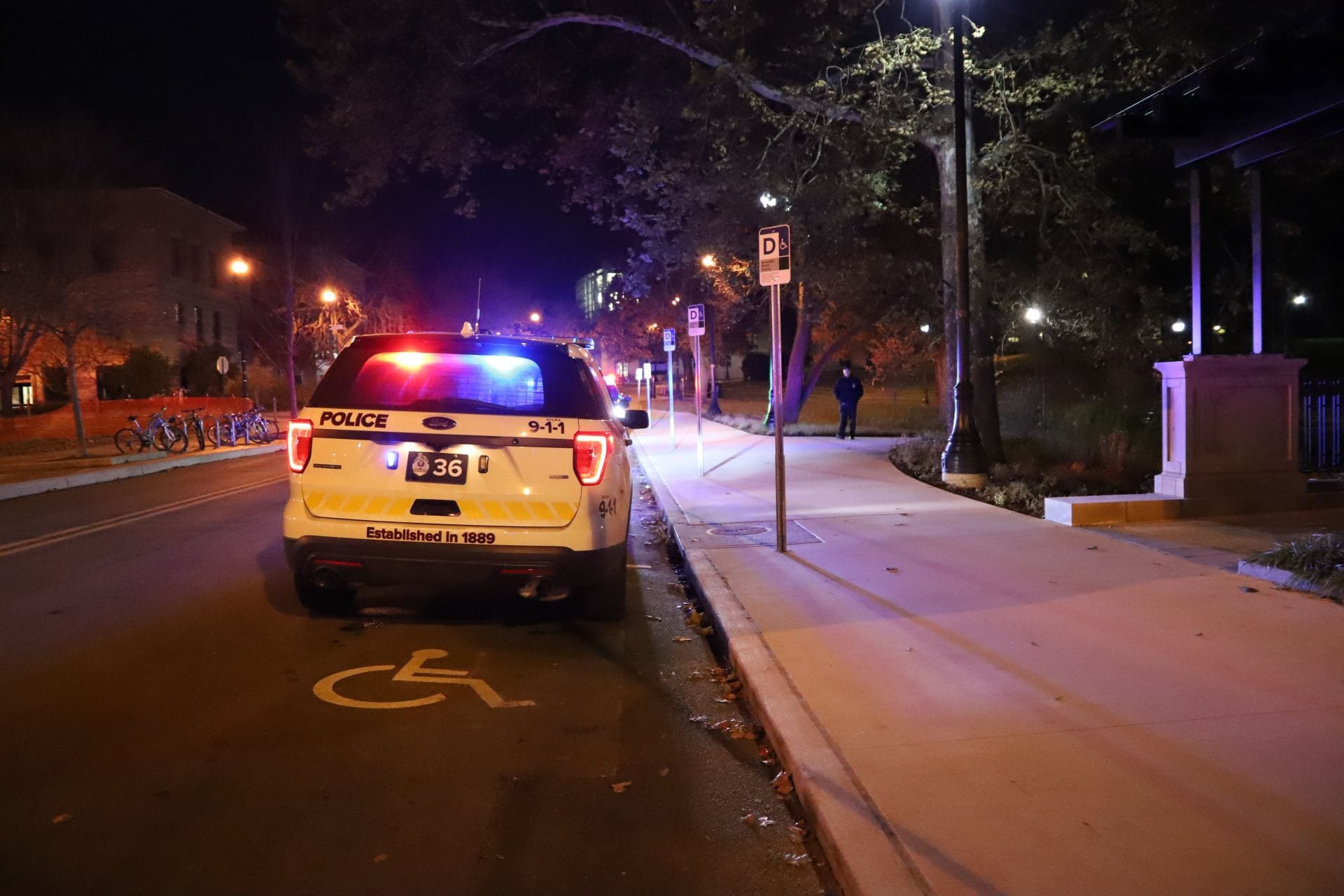The butterflies are contained in the Pacific Island Water Garden. Newly hatched butterflies are released into the atrium twice a day at 1 p.m. and 3 p.m. During these times, a conservatory guide is available to answer questions and explain butterfly behavior.
Michael Heglaw, director of education and interpretation at the conservatory, said each butterfly is shipped separately in the chrysalis stage and is cushioned with cottons balls and paper. They are received by butterfly farmers in the United States, who then distribute them to institutions nationwide.
Heglaw said there are many reasons the butterflies survive at the conservatory: the climate is kept warm and humid, many nectar plants are planted on-site, sugar water is available as a back-up food source and the threat of predators is a nonissue.
The lush tropical plants and flowers not only feed the butterflies, but they also make a great backdrop for the vividly colored insects. The entire atmosphere is a photographer’s dream.
Stevi Cornell can be reached at [email protected].


